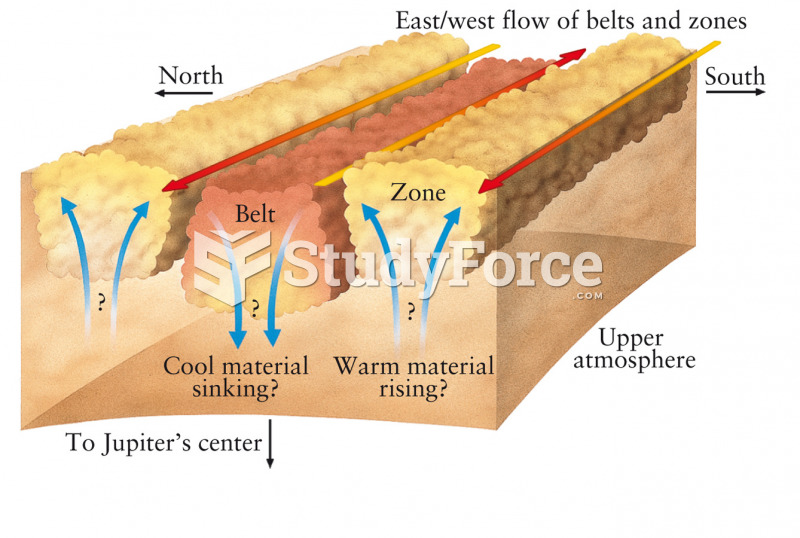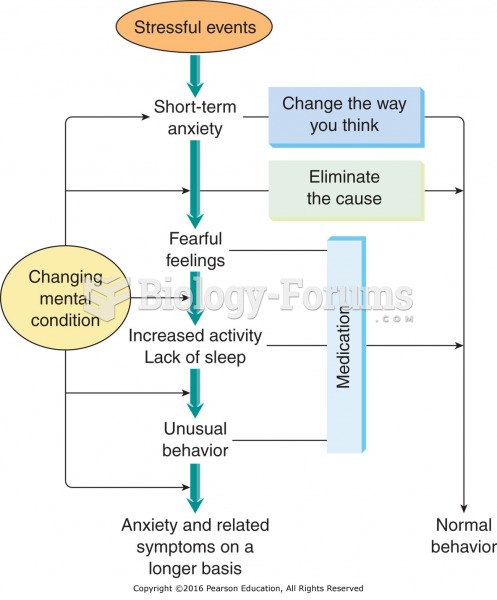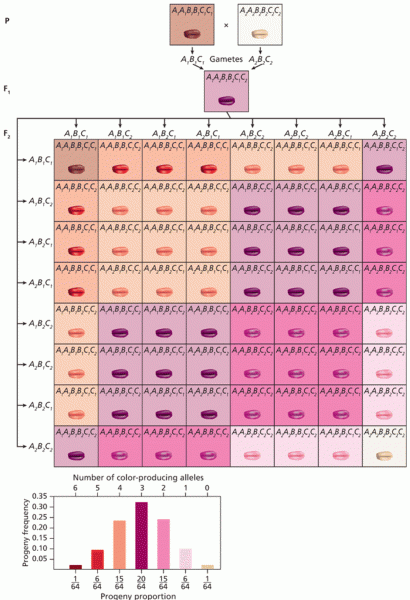Answer to Question 1
Feedback: The elitist model views power as a pyramid where the people at the apex control the rest. This is similar to the views of Karl Marx, for whom economics was the basis for the stratification system (i.e., unequal distribution of rewards, including power). The economic elite, because of its ownership and control of the economy, exerts tremendous influence on government policies and actions and is, therefore, a ruling class, and the state serves the interests of the capitalist class. Marxists disagree on how this is accomplished. (1) In the instrumentalist view the ruling class rules by controlling political officials and institutions through money and influence. Research shows connections (social backgrounds) between top corporate and political decision makers. In effect, then, the government is an active instrument of the ruling class, used to accomplish its goals. (2) The structuralist view thinks the linkage between the economic elite and the political elite is not important. Essentially, the political and economic elite are on the same side and so the state will serve the interests of the elite whether they actively try to manipulate the system or not.
Answer to Question 2
Feedback: Pluralists see power as dispersed rather than concentrated. Power is broadly distributed among a number of organizations, special interests, and the voters. The pluralist model is consistent with the world view of order theorists, Pluralists support the idea that the United States is a true democracy (the form of government in which the people have the ultimate power, where the will of the majority prevails, where there is equality before the law, and decisions are made to maximize the common good). In a complex society, the people must elect representatives to make most decisions. So, decision making is concentrated at the top, but it is to be controlled by the people who elect the decision makers. The pluralist model assumes that there are a number of sectors of power (interest groups). The most powerful people in each sector are usually wealthyprobably upper class, but the upper class is not a unified groupthere is considerable disagreement within the upper-class category because of differing interests. Power is not concentrated but is viewed as a shifting coalition depending on the issue.







